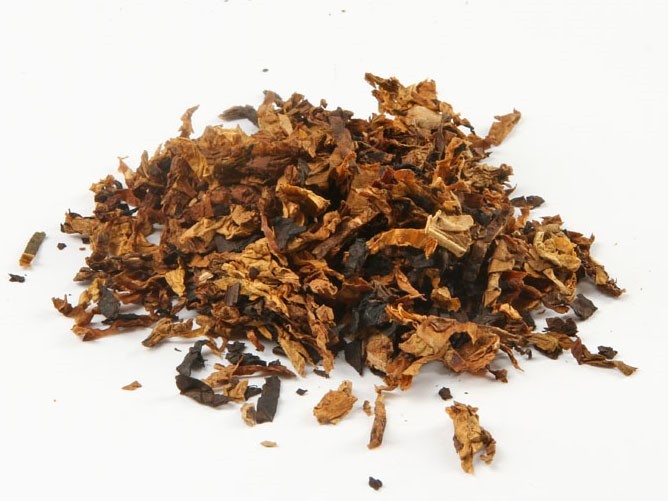Categories WikiBlog Pfeifen_Wiki Flavoring
Flavoring Of Pipe Tobacco
In the production of ready-to-smoke pipe tobacco, processes that change the taste can occur at various points. We give insight into the casing and flavoring of pipe tobacco.
After harvesting, drying, de-stemming and fermentation, it is refined with natural ingredients. Only a few ingredients are suitable for this, such as liquorice, chocolate, coffee or sugar. They basically only serve to support the tobacco's own taste and to balance the raw tobacco. As a rule, you can neither smell nor taste these additions in the end product.

After cutting, possible roasting and blending, the well-known final aromatization, also known as flavoring, can take place. Flavors such as fruit, vanilla, coconut, apple, caramel, etc. are added to the tobacco using a liquid sauce. Most of these flavors are artificial in nature. However, the flavoring recipes are kept strictly secret by the tobacco manufacturers.

The Burley and Black Cavendish varieties have proven to be particularly "absorbent" and therefore well suited for flavoring. With its neutral, slightly sweet taste, Black Cavendish in particular can be the carrier of many aromas. After end-of-flavoring, the tobacco is given a few hours to allow the ingredients to combine with each other and create a more rounded taste experience.
As soon as the finished tobacco is opened for smoking, not only does the tobacco begin to dry out, but the flavoring also evaporates and changes. It is therefore best to fill the tobacco into an airtight container after opening. However, unopened, a vacuum-sealed can stays fresh for a very long time.
